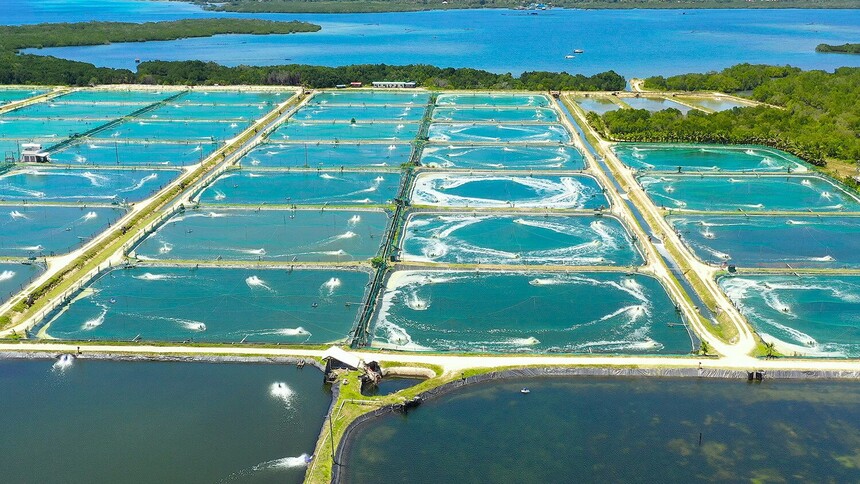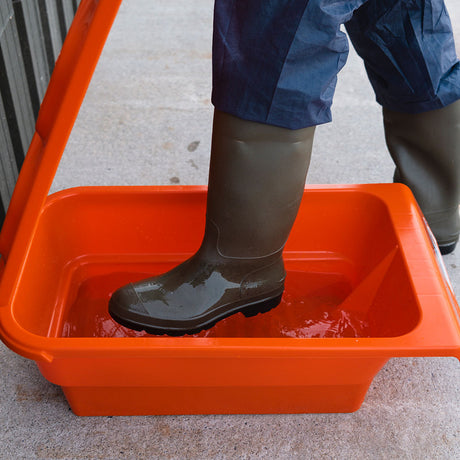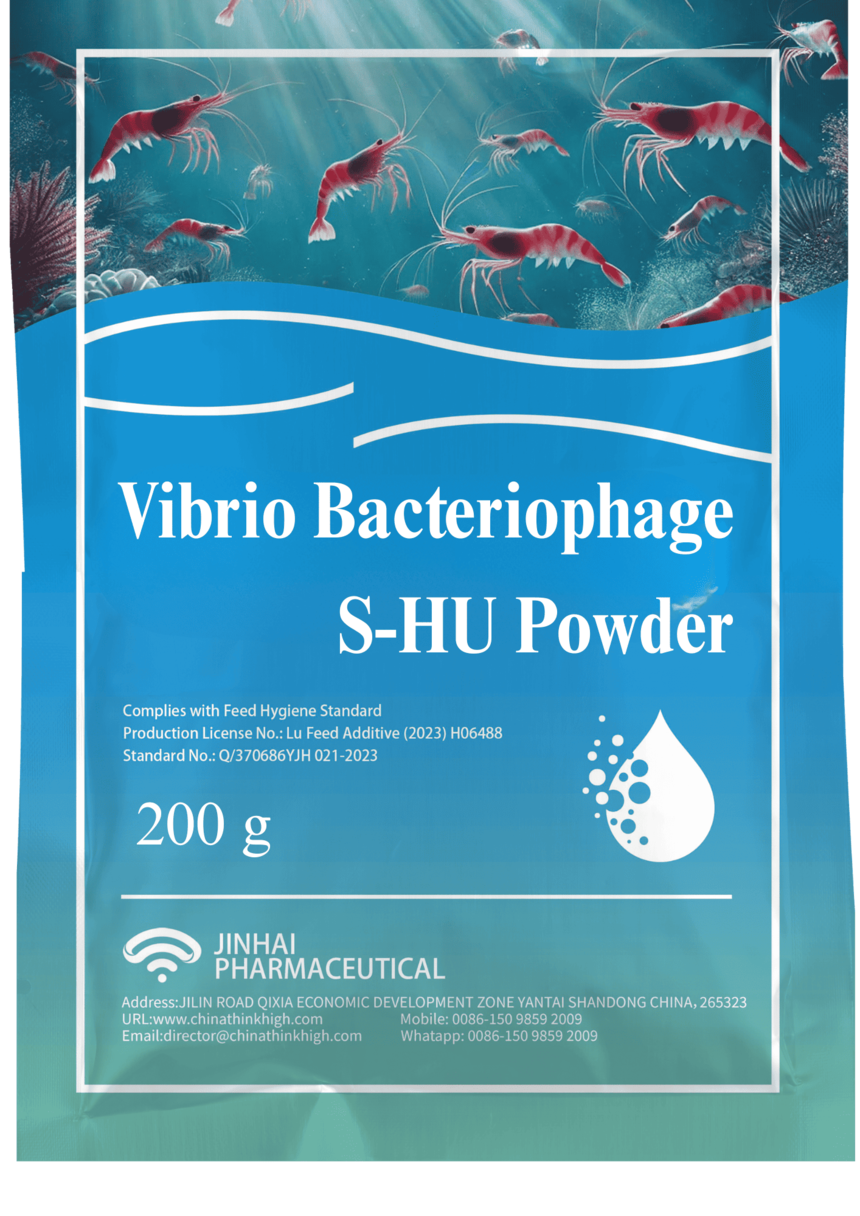|
A Farmer's Guide to Controlling Vibrio in Aquaculture Ponds
For aquaculture farmers, few sights are as dreaded as a pond that begins to glow faintly in the dark. This eerie luminescence, often caused by Vibrio harveyi, is a visual alarm bell. It signals that a silent, invisible threat is multiplying, and a potential catastrophe for your stock is brewing. The challenge of controlling Vibrio in aquaculture is one of the most significant hurdles to profitability and sustainability in the industry today. Vibrio bacteria are a natural part of any marine or brackish water environment. In a balanced ecosystem, they are just one of many microorganisms. But the high-density conditions of modern aquaculture can create a perfect storm. A spike in temperature, a drop in dissolved oxygen, or an increase in organic waste can cause the Vibrio population to explode, leading to devastating diseases like Early Mortality Syndrome (EMS/AHPND), septicemia, and shell disease. For too long, the default response has been reactive—reaching for broad-spectrum antibiotics at the first sign of trouble. However, as we face growing antibiotic resistance and market demands for safer, residue-free products, this approach is no longer sustainable. The key to long-term success isn't finding a single "magic bullet," but building a resilient farming system. This guide provides a comprehensive, multi-layered strategy focused on proactive management and biosecurity for controlling Vibrio in aquaculture, helping you protect your farm from the ground up. Layer 1: Fortifying the Foundation - Impeccable Pond Management
Vibrio is an opportunistic pathogen. It thrives when conditions are poor and animals are stressed. Therefore, your first and most powerful line of defense is creating an environment where it is difficult for Vibrio to gain a foothold. 1. Master Your Water Quality: This is non-negotiable. Stable water parameters are the bedrock of a healthy pond.
2. Control the Sludge (The Pathogen Reservoir): The black sludge at the bottom of a pond is a nutrient-rich buffet for Vibrio.
3. Promote a Healthy Microbiome with Probiotics: A pond is a living ecosystem. You can steer its microbial balance in your favor. Regularly applying beneficial bacteria (probiotics) can help in controlling Vibrio in aquaculture through competitive exclusion. These "good" bacteria compete with Vibrio for nutrients and space, effectively crowding them out and preventing their populations from reaching dangerous levels. Layer 2: Building the Walls - Strict Biosecurity Protocols
Even a perfectly managed pond is at risk from external contamination. Biosecurity is about building walls to prevent pathogens from ever entering your system.
Layer 3: The Challenge - When Foundational Efforts Aren't Enough
You can do everything right—manage your water perfectly and run a tight biosecurity ship—and still face a Vibrio challenge. A sudden heatwave, a stressful handling event, or a particularly virulent strain can breach your defenses. This is where the limitations of traditional tools become apparent.
When faced with a specific, aggressive bacterial threat, you need a specific, targeted response—one that can act like a sniper, not a bomb. A New Frontier in Biocontrol: Targeted Biological Intervention
The future of disease management lies in working with nature, not against it. This has led to intense research into a highly specific, natural predator of bacteria: the bacteriophage. Bacteriophages, or "phages," are viruses that are programmed by nature to infect and destroy only one thing: specific bacteria. A phage that targets Vibrio harveyi is completely harmless to other Vibrio species, to beneficial probiotic bacteria, to algae, and most importantly, to your shrimp or fish. This precision is a game-changer for controlling Vibrio in aquaculture. Instead of disrupting your entire pond ecosystem, this approach allows you to surgically remove the threat. The process is a natural cycle: the phages eliminate the target bacteria, and once their food source is gone, the phages themselves naturally dissipate. It's a clean, efficient, and self-regulating system. Integrating this type of advanced biological tool into a robust farm management plan represents a paradigm shift. It allows farmers to move from defense to offense, proactively managing pathogen loads with a tool that leaves the beneficial ecosystem intact and produces a safe, high-quality final product. For farms looking to implement this next-generation strategy, the key is finding a reliable, high-potency, and targeted phage preparation. Products like our S-HU Powder (Vibrio Phage) are designed specifically for this purpose. Formulated with a cocktail of phages targeting the most dangerous strains like V. harveyi and V. parahaemolyticus, and produced using an ultrafiltration process to ensure purity, it serves as a powerful tool to be integrated into the comprehensive biosecurity program outlined above. It enhances your ability to prevent outbreaks and intervene effectively, reducing the need for antibiotics and securing the long-term health of your farm. |





